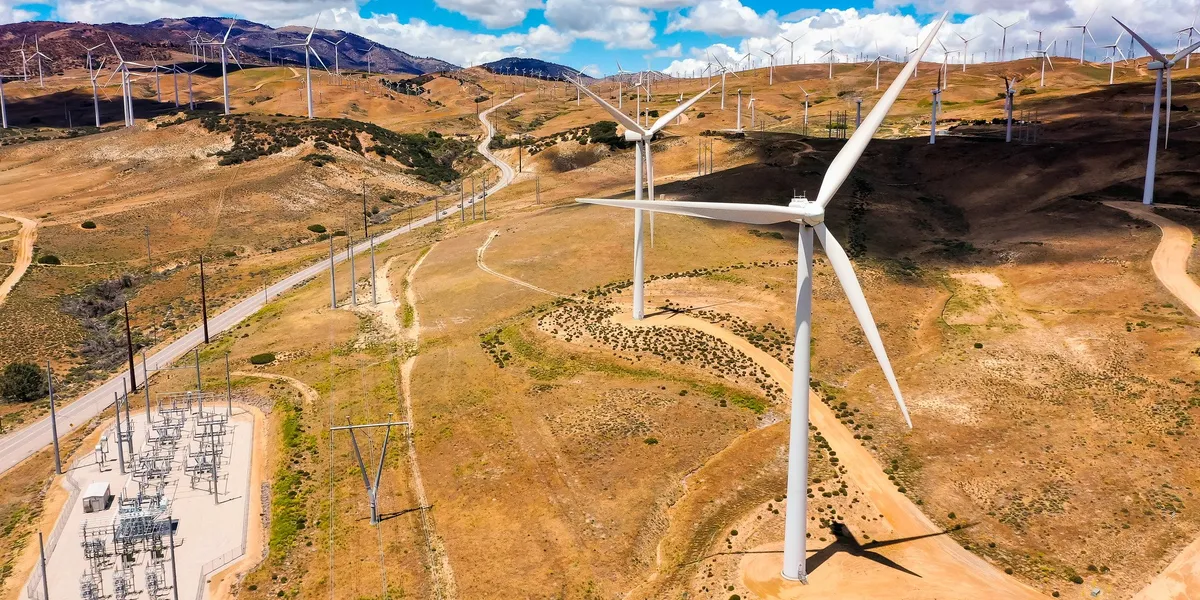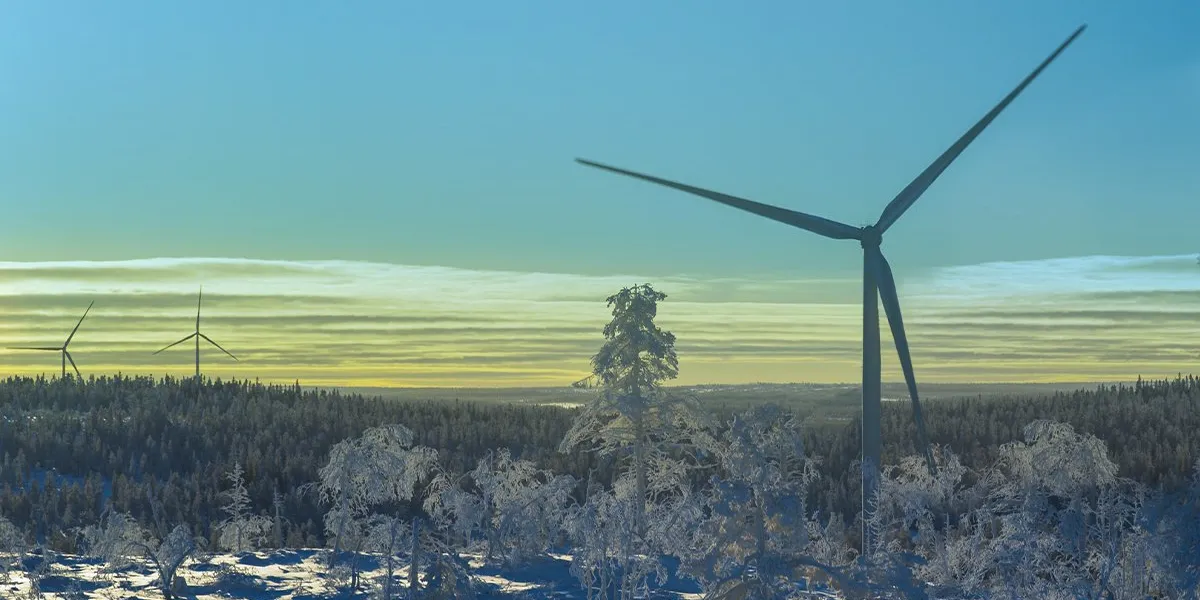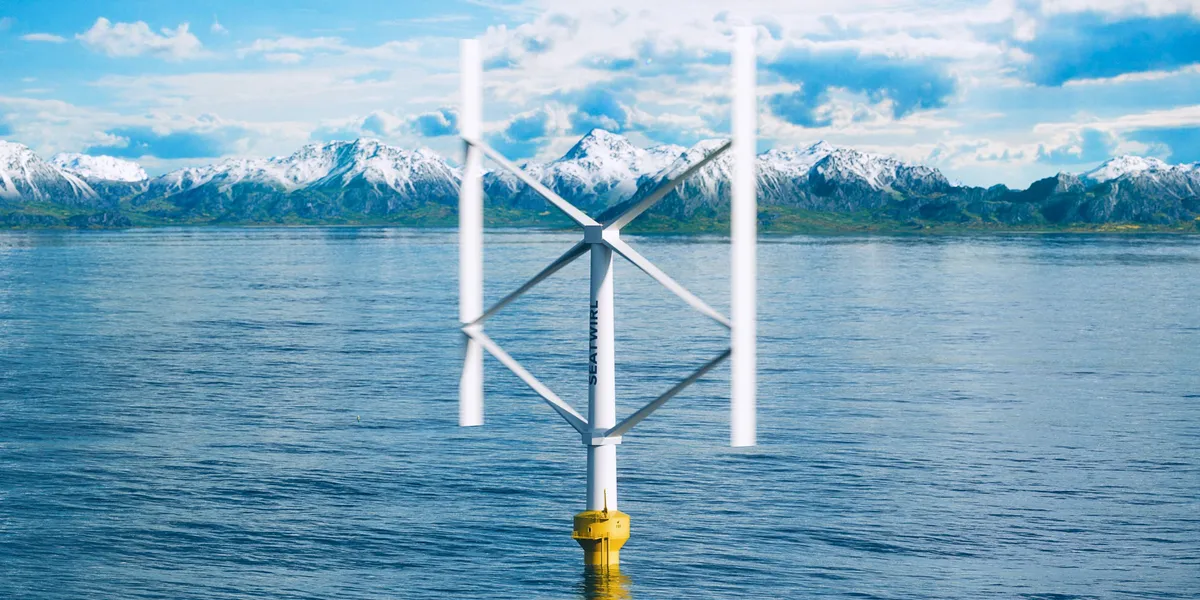This Week in Cleantech is a weekly podcast covering the most impactful stories in clean energy and climate in 15 minutes or less, featuring Paul Gerke of Factor This and Tigercomm’s Mike Casey.
This week’s “Cleantecher of the Week” is Tom Steyer, co-Executive Chair of Galvanize. He reminds us that when we talk about climate now, the conversation is about technology, costs, and politics, which is important. However, we cannot lose sight of what this is truly about: passing on a livable planet. Tom reminds us about this after a weekend camping with his grandkids. Congratulations Tom!
A new analysis finds that the US provides nearly $31 billion annually in subsidies to the fossil fuel industry, a number that has doubled since 2017. The authors of the report found that these subsidies allow the sector to receive 30,000% returns on investments. Trump’s One Big Beautiful Bill Act is set to hand fossil fuel companies an additional $4 billion per year over the next decade. The largest support for the oil industry in the bill is expanded credits for carbon capture and a lowering of already sub-market royalty rates for fossil fuel production on public lands.
Read here.
Despite having only 4 gigawatts of solar capacity last year and being the world’s top oil exporter, Saudi Arabia is now becoming one of the fastest-growing markets for solar power. Investor ACWA Power, whose largest shareholder is Saudi Arabia’s sovereign-wealth fund, is leading the charge with plans to add about 100 GW of capacity. The country wants to get half its electricity from clean sources by 2030. If it completes that goal, it will be in the world’s top five markets for new solar capacity over that period.
Read here.
Geothermal startup Rodatherm Energy Corp. has emerged from stealth to raise a $38 million Series A fundraising round and is planning to build a pilot system in Utah by 2026, with a capacity of 1.8 megawatts. The company has developed a closed-loop geothermal system that takes the novel approach of using refrigerants instead of water to transport heat from deep within the Earth. Rodatherm says their closed-loop system is 50% more efficient, cutting costs and water use. It has contracted with the Utah Associated Municipal Power Systems as its first offtaker, with a power purchase agreement of $80 per megawatt-hour.
Read here.
A few oil-field service companies are getting into the power business, especially as tech companies need to quickly power their data centers.
Companies like Solaris, Liberty, Atlas, ProPetro, and ProFrac already install and operate generation units, often powered by natural gas, for fracking. These companies plan to use smaller, modular equipment that is off-grid, at first, meaning they can access electricity more quickly. These units would be plugged directly into data centers and use natural gas, usually sourced from a pipeline nearby, as fuel.
Read here.
The Federal Reserve announced on Wednesday that it will cut the federal funds rate by 0.25 percentage points, bringing it down to between 4% and 4.25%. This cut may provide some relief to renewables developers and investors who need to be careful with financing costs.
Solar and wind projects are heavily affected by interest rates because most of their costs are upfront, with little ongoing operating expense since the fuel is free. Wood Mackenzie estimated that when interest rates rise by 2%, the levelized cost of electricity for renewables rises by 20%, compared to 11% for a gas-fired power plant, which has higher operating costs but borrows less.
Read here.









